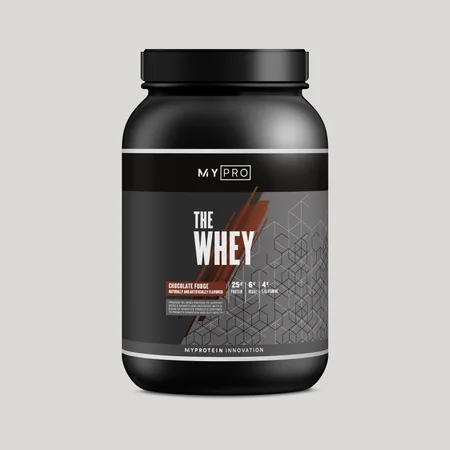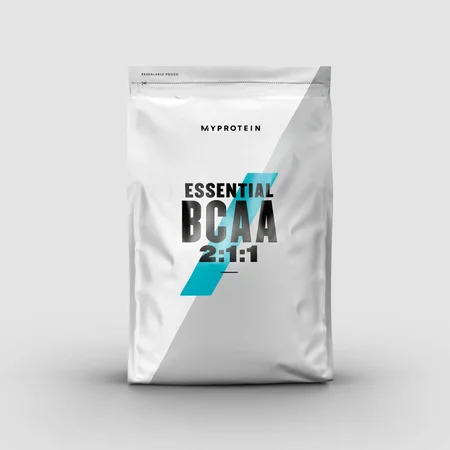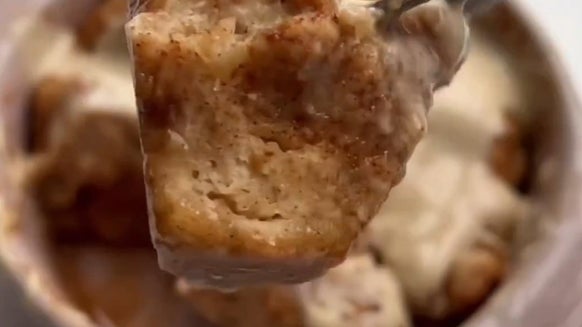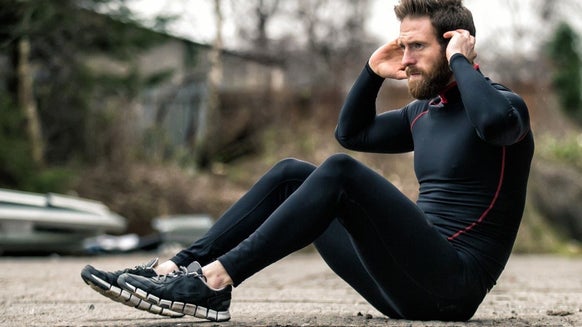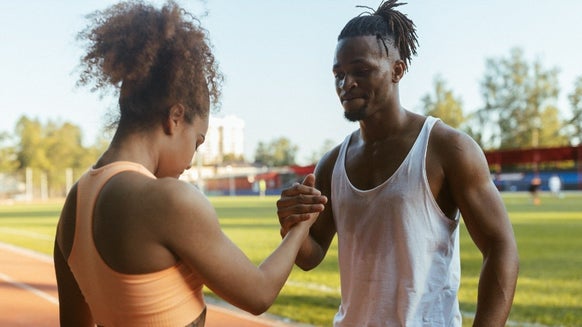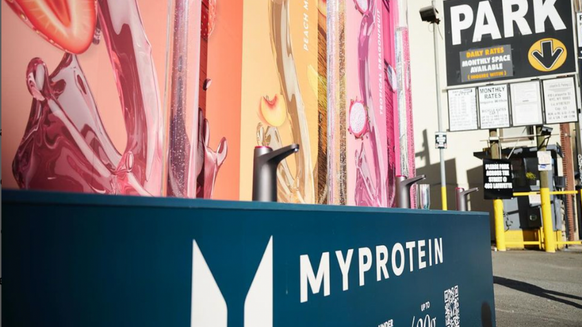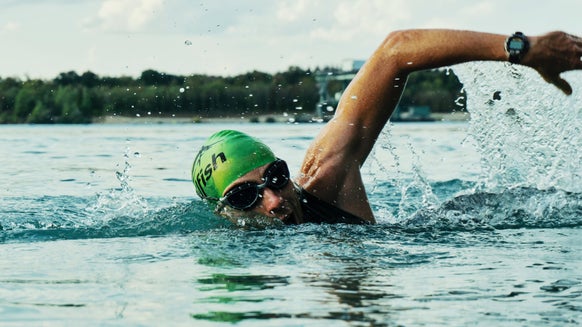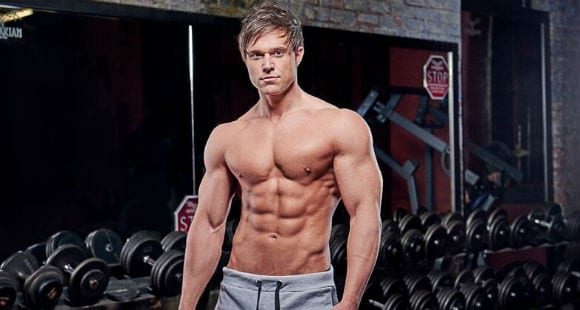
Fact: you don’t need barbells or dumbbells to build a powerful and muscular chest. What you need to know—and this applies even to weight based exercises as well—is that your chest muscles, the pectorals major and minor, are responsible for three key different movement patterns of the shoulder joint:
? Flexion
? Adduction
? Internal rotation of the arm
Focusing on exercises that hit all three of these movements is imperative to building a bigger and better looking set of pecs with your body weight. When it comes to body weight training, there are a few key exercises that accomplish these three movements.
The fourth key to building a bigger better chest with bodyweight exercises is all about angles, and all three of these exercises listed here use angles to target different parts of your pecs.
Bodyweight Chest Exercises
? Push-Ups
Thousands of years before man invented barbells and dumbbells, push-ups were the go-to exercise for building upper body strength and muscle. And though we have loads of implements to use today that can challenge our muscles, most people assume push-ups are a less than stellar way to train. But what worked for thousands of years isn’t going to stop working overnight.
Push ups hit all three key movement patterns of the chest: flexion, adduction, and internal rotation of the humerus and shoulder joint.
There are three keys to targeting more of your pecs with push-ups. One, change the positioning of your hands. Where you place your hands in regards to your body will dictate whether you hit more of your pecs or more of your triceps. The wider your hands, the more you force your pecs to activate. The more narrow—or closer to your body—your hands are, the more engaged your triceps become.
And lastly, performing push ups at different angles is paramount to building a bigger chest with bodyweight. Incline push ups and decline push ups target different angles of your pectoral muscles. Decline push ups will engage more of the pec muscle closest to its insertion point near the clavicle, as well as targeting the anterior deltoid. And incline push ups will strain more of the lower portions of your pecs and back muscles.
Switching up angles, and performing a variety of all three with different hand placements, make the age old exercise that is push ups, still one of the best ways to build strength and size in your chest.
? Valslide Chest Fly's
Valslides are a tiny disk shaped bodyweight training tool. They’re an excellent tool for numerous different exercises, but even if you don’t have the spare funds to buy valslides, you can still perform this exercise with two paper plates.
This exercise, similar to cable fly's, focuses on abducting your arm away from the mid-line of the body and then using your pecs to adduct your arms back toward your body. At first glance, this exercise may look simple, but trust me, it’s not.
Valslide chest flyes are a very advanced bodyweight exercise, so start small and then slowly progress over time to performing a fully extended arm fly.
? Dips
If you’re new to exercise or are choosing to start training with your bodyweight as opposed to joining a gym, focusing on improving your push up game is priority number one. Once you’ve built up sufficient strength in your chest, shoulders, and arms, then you can advance to one of the best chest (if not best bodyweight) exercises for building a bigger and better chest: dips.
Dips are amazing because your resistance in this case is your entire bodyweight. Your shoulders, arms, chest, and core have to all fire at once to support you in the top position. And then they must all kick into high gear to push all your weight up from the bottom of the dip.
But, when it comes to challenging your pecs, dips are one exercise even the biggest and mightiest bodybuilders (can) struggle to perform. It requires not only a great amount of strength, but a tremendous amount of stability. The smaller stabilizer muscles of your shoulder and chest are forced to fire and keep you from wiggling all over the place.
There is one important thing to know about dips. When performing dips, to protect your shoulder and prevent injury, you need to slightly lean forward before each rep. This reduces excessive extension in your shoulders that tends to happen if you perform dips with a straight posture. By slightly leaning forward, this internally rotates your shoulders and thus causes the pecs to activate more. Which is what you want anyway. But this lean also allows you to hit your chest at a slight declined angle; and remember, angles are key to building a bigger, better chest with bodyweight.
Dips can be performed on the dip bars at your local gym, or if you train in a city park, most parks will have parallel bars you can use to perform dips. But if you train at home, you’ll have to get a little creative without buying dip bars. You can use a counter top and then add some books on top of a table to make them an even height to perform dips at home, or place two tables next to each other. Get creative!
For those new to dips, perform them at the beginning of your workout so your muscles are the freshest. For more experienced and seasoned trainees, dips are great for the end of a workout, but be aware that your muscles will be fatigued so keeping good form is crucial.
Build Muscle
To gain muscle mass you have to train hard and get your nutrition right. Protein is the most essential nutrient for building muscle. After your workout it is a great idea to have a whey protein shake, which is a fast absorbing protein source to help you recover. Why not try one of the following:
Take Home Message
Gymnasts have very well defined and powerful chest muscles. And they rarely, if ever, use added resistance. They’ve developed their pecs by training bodyweight exercises. Dumbbells and barbells are excellent tools but you don’t need them to build strength or increase muscle mass. Use these three exercises combined with these four key points and you can develop a better looking chest with only your bodyweight.


